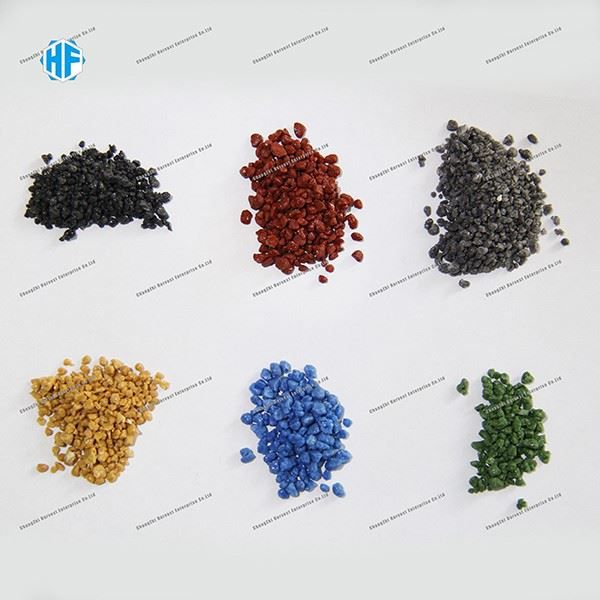Applications of Anti-slip Aggregate Ceramic
2024-07-09
Anti-slip aggregate ceramics are specialized materials used primarily for their enhanced friction properties, making surfaces safer by reducing the risk of slips and falls. Here's an overview of anti-slip aggregate ceramics, including their composition, applications, benefits, and considerations:
Composition and Properties
1. Materials
- Ceramic Particles: Typically made from hard ceramic materials such as alumina (aluminum oxide) or silicon carbide.
- Size: Aggregate ceramics come in various particle sizes, typically ranging from fine powders to coarse granules.
- Surface Texture: Designed with surface textures that enhance grip and reduce slipperiness.
2. Friction Properties
- High Coefficient of Friction: Provides excellent traction, especially in wet or slippery conditions.
- Durable Surface: Resistant to wear and abrasion, maintaining its anti-slip properties over time.
3. Compatibility
- Applications: Suitable for integration into various materials and surfaces, including coatings, paints, concrete, and epoxy resins.
Applications
1. Flooring and Surfaces
- Commercial and Industrial Floors: Used to improve safety in areas prone to moisture or oil spills, such as kitchens, bathrooms, workshops, and factories.
- Public Areas: Applied in public spaces like walkways, ramps, stairs, and pool decks to prevent slips.
2. Transportation
- Vehicles and Marine: Integrated into vehicle flooring, decks of boats, ships, and marine platforms to enhance grip and safety.
3. Construction and Infrastructure
- Bridges and Walkways: Incorporated into bridge decks, pedestrian walkways, and other infrastructure to reduce slip hazards.
4. Decorative Surfaces
- Aesthetic Integration: Used in decorative concrete applications where safety and aesthetics are both priorities.
Benefits
1. Safety Enhancement
- Reduced Slip Hazards: Provides a secure grip, reducing the likelihood of accidents and injuries due to slips and falls.
- Compliance: Meets safety standards and regulations for slip resistance in various industries.
2. Durability
- Longevity: Resistant to wear, chemicals, UV exposure, and weathering, ensuring long-lasting performance.
- Low Maintenance: Requires minimal upkeep compared to other anti-slip treatments.
3. Versatility
- Adaptability: Can be applied to different surfaces and materials during construction or as a retrofit solution.
- Customizable: Available in various sizes and textures to suit specific application requirements.
Considerations
1. Application Method
- Surface Preparation: Proper surface preparation is crucial for effective bonding and durability.
- Compatibility: Ensure compatibility with the base material (e.g., concrete, epoxy) and application method (sprinkling, embedding).
2. Maintenance
- Cleaning: Regular cleaning is necessary to maintain effectiveness, especially in high-traffic areas.
- Reapplication: Depending on usage and wear, periodic reapplication may be required to retain anti-slip properties.
3. Aesthetics
- Texture: Texture and appearance of the aggregate ceramics should complement the overall design and functionality of the surface.
Conclusion
Anti-slip aggregate ceramics are essential materials for enhancing safety in various environments by providing reliable traction and reducing slip hazards. Their durability, versatility, and effectiveness make them a preferred choice for applications ranging from industrial floors to public walkways. Proper selection and application ensure effective slip resistance and long-term performance.



